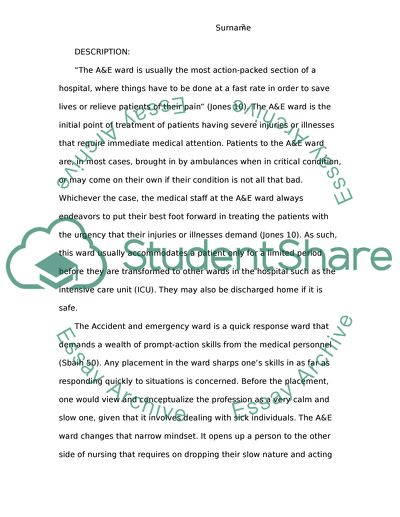Cite this document
(“Reflective writing on health promotion during nursing clinical Essay”, n.d.)
Retrieved from https://studentshare.org/nursing/1646799-reflective-writing-on-health-promotion-during-nursing-clinical-placement
Retrieved from https://studentshare.org/nursing/1646799-reflective-writing-on-health-promotion-during-nursing-clinical-placement
(Reflective Writing on Health Promotion During Nursing Clinical Essay)
https://studentshare.org/nursing/1646799-reflective-writing-on-health-promotion-during-nursing-clinical-placement.
https://studentshare.org/nursing/1646799-reflective-writing-on-health-promotion-during-nursing-clinical-placement.
“Reflective Writing on Health Promotion During Nursing Clinical Essay”, n.d. https://studentshare.org/nursing/1646799-reflective-writing-on-health-promotion-during-nursing-clinical-placement.


